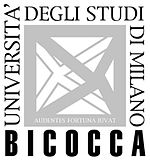A digital twin is a model that aims to replicate the real world behaviour (evolution, ageing) of a functioning device or process. A commonly referred example is the digital twin of a wind turbine. By continuously monitoring the behaviour of wind turbines one can use the obtained data to predict how a virtual copy of the turbine (digital twin) will evolve over time. This allows to forecast modes of ageing and failure which then indicate how the turbine needs to be modified/fixed to avoid the predictions of the digital twin.
A digital twin of a QD would work in a similar way. Through a complete atomically resolved structural characterization, and an understanding of potential failure mode at short and long time scales we hope to be able to create a digital QD that evolves under virtual working conditions and predicts potential mechanisms of ageing. Preventive measures can then be taken to ensure the long-term functioning of the QDs.
A QD digital twin would allow for a more resource-efficient solution, based on simulating QD ageing and property changes through accelerated kinetic schemes under user-defined loading conditions.









